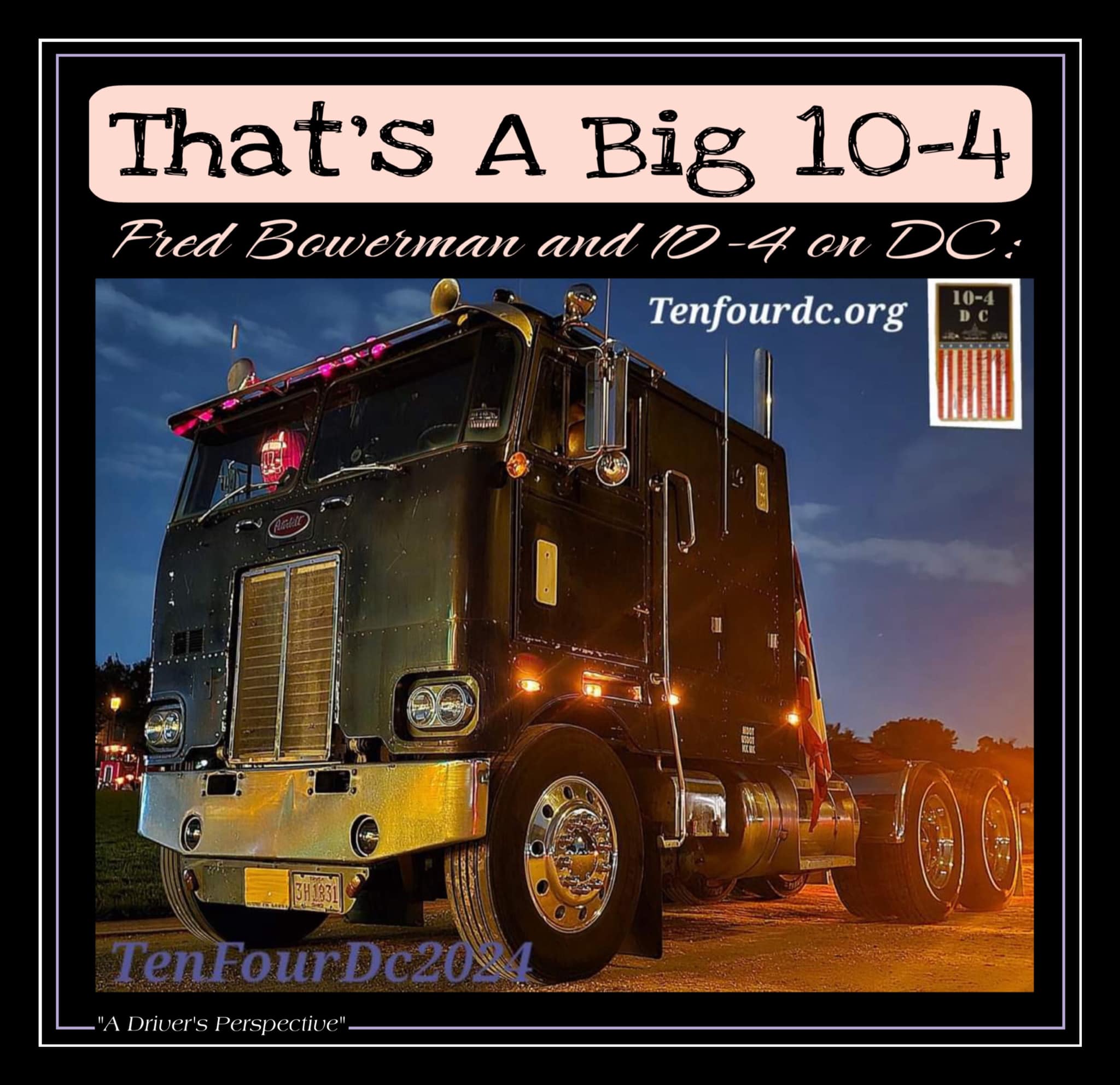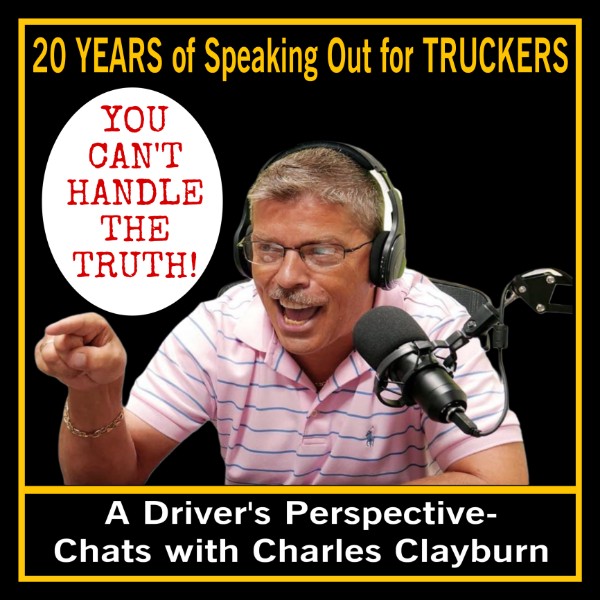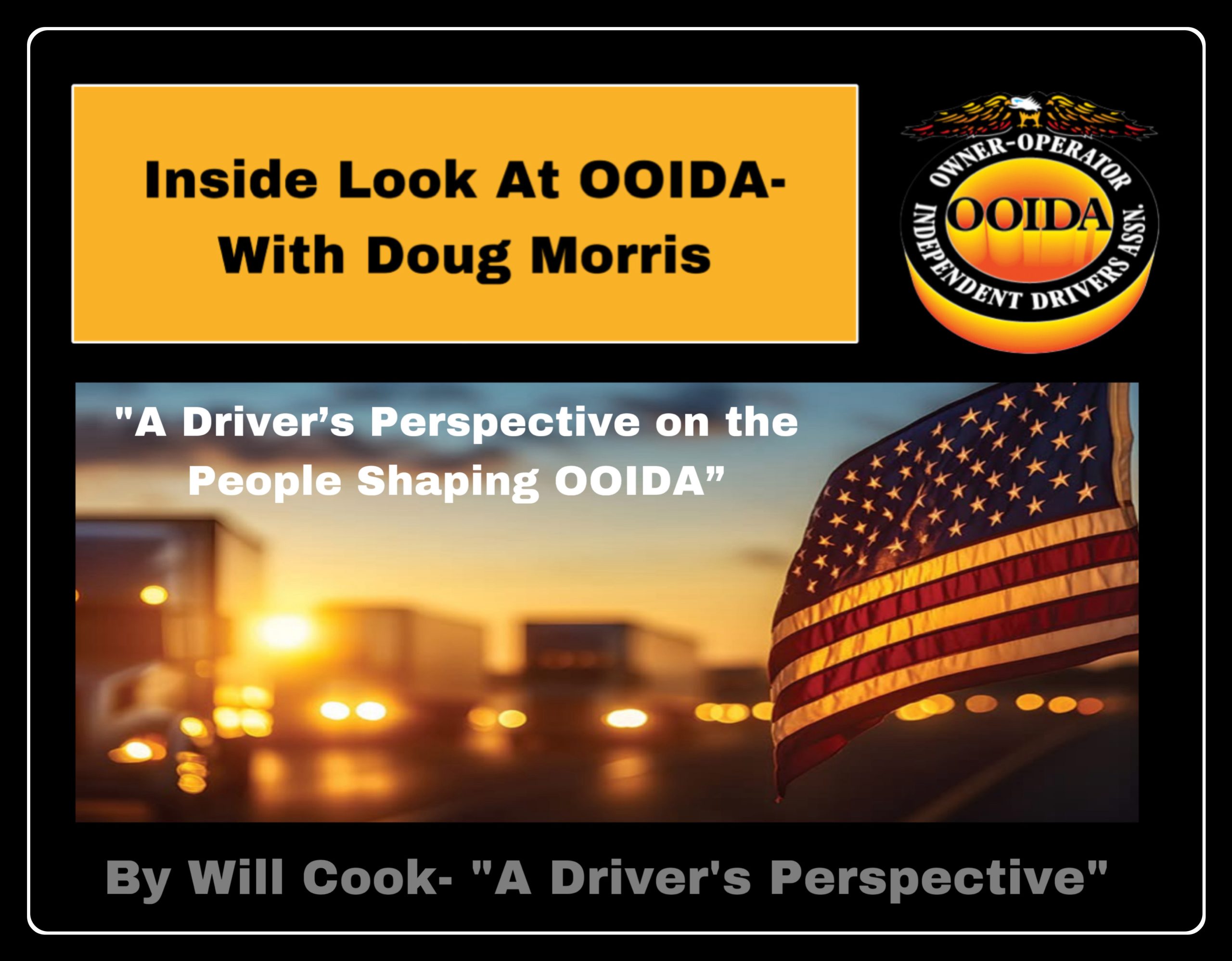
The Story Behind 10-4 on DC – and the Man Who Helped Keep the Message Alive
A Legacy Born from Loss
Fred Bowerman’s connection to trucking runs deeper than chrome, diesel, and long miles – it’s born from tragedy, resilience, and a lifelong respect for the men and women behind the wheel.
At just five years old, Fred lost his father – an owner-operator – in a fatal crash near Fremont, Indiana. His dad had just finished prepping a new Peterbilt cabover and was on his first run when he fell asleep, swerved to avoid stopped traffic, and struck an overpass support. The accident crushed the cab and ended his life instantly.
Despite the loss, trucks remained a part of Fred’s world. His mother later married another truck driver, and memories of that old ’73 Peterbilt in the driveway kept his fascination alive.
A Dream Redirected
After high school, Fred hoped to follow in his father’s footsteps – but his battle with sleep apnea changed his path. On his mother’s urging, he stayed off the road and pursued a career in mechanics, earning a journeyman’s card and later moving into robotics and engineering at the Toledo Jeep plant.
Still, he couldn’t stay away from trucks entirely. At 21, he bought a 1988 Ford CLT 9000 cabover using his inheritance and hired a driver while keeping his factory job. Three years and $5,000 in losses later, he sold the truck and stepped away – but the passion never left.
The Return of the Cabover – and a New Calling
In 2017, Fred bought a 1978 Peterbilt 352 cabover similar to his father’s. It wasn’t about business anymore – just love for the machine and the memory it carried. That same year, his life took another turn when he joined a D.C. protest against the federal Electronic Logging Device (ELD) mandate.
What started as frustration over government overreach became something bigger. A convoy of truckers rolled into Washington, parking outside the FMCSA building in protest. Their timing was divine – the meeting that followed took place on October 4, known to drivers by the CB code “10-4,” meaning message received.
The meeting led to real results, including flexible sleeper-berth provisions – proof that when drivers stand together, Washington listens. And just like that, the phrase 10-4 on D.C. was born.
From Protest to Platform
What began as a spontaneous protest grew into a yearly movement of unity and advocacy. Fred – who had initially joined to “fill a seat” – soon became one of its steady hands.
After a chaotic 2018 protest (where one organizer was tased by police during a permit dispute), Fred stepped in to help bring structure and professionalism. With his engineering mindset, he helped secure proper permits, built the 10-4 on DC website, and turned the loose coalition into an organized event with purpose.
By October 2018, they held their first official event on the National Mall, honoring drivers and educating the public about the challenges of life on the road. The following year, the movement doubled in size, featuring convoys, concerts, and listening sessions with federal officials.
Eight Years Later: The Message Still Carries
Now in its eighth year, 10-4 on DC has evolved far beyond its original fight. It stands as a tribute to America’s truckers – a blend of remembrance, awareness, and pride.
Fred’s story reminds us that advocacy doesn’t always come from behind the wheel. Sometimes it comes from someone who understands what’s at stake, even if they never logged a mile.
“Drivers have so much strength if they would use it,” Fred says. “We’re stronger together than divided.”
As automation rises, policies tighten, and the road gets lonelier, 10-4 on DC continues to symbolize what trucking has always been about – brotherhood, backbone, and the American spirit.
A Big 10-4
I never knew Fred’s story until we sat down and talked. Like many, I’d always wondered why someone who never drove for a living would pour so much heart into the driver’s cause. Now I get it.
His father’s legacy may have ended on the highway that night in Indiana – but Fred’s work ensures that legacy still drives forward, every October, in the nation’s capital.
Thank you, Fred, for sharing your story and keeping the light burning for the men and women who keep America moving.
Editor’s Note:
While this story highlights Fred’s unique role and perspective, TenFourDC was never the work of one person alone. It was built through the shared efforts, ideas, and time of many who believed in creating something that connected drivers and supporters alike. Fred’s story simply stood out as one part of that bigger picture – alongside others like Miss Arlene Bennett, whose involvement showed how even those who don’t drive a truck still have an important place in the movement. That spirit of teamwork is what TenFourDC was founded on – and what continues to move it forward.
Will Cook
A Driver’s Perspective


